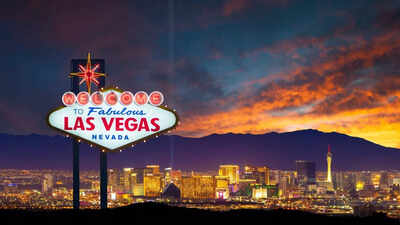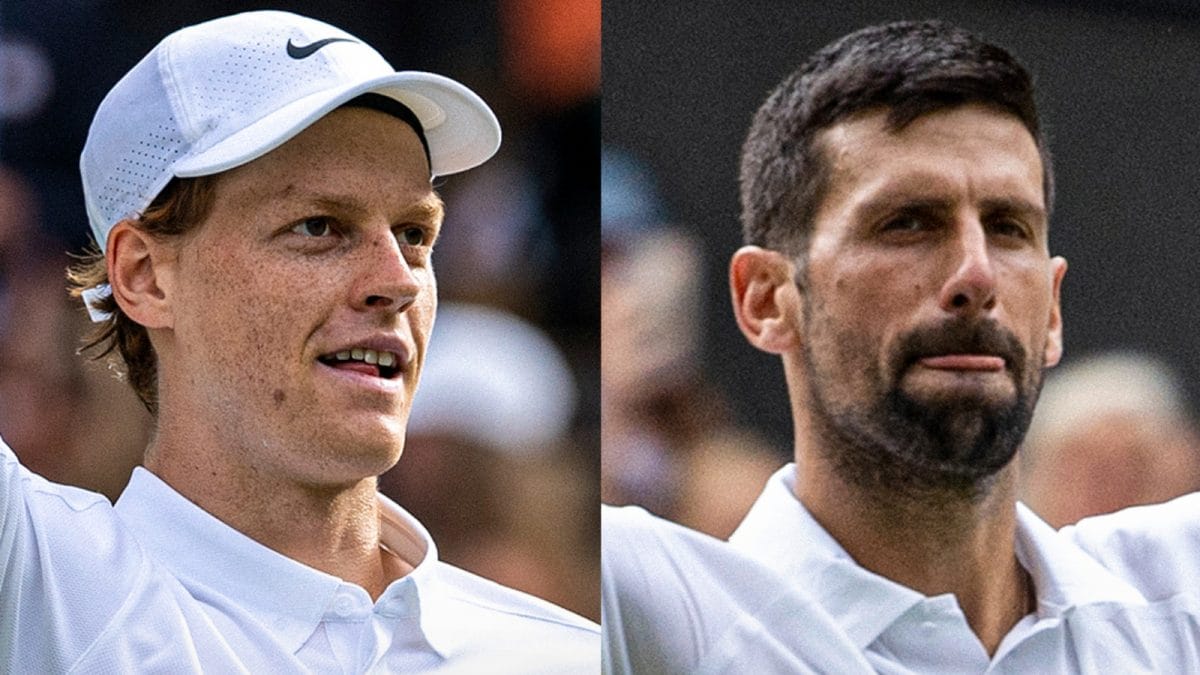ARTICLE AD BOX

It all starts with a draw of four card, and then another, and then another, and before you know, your best friend is glaring at you across the table, your uncle’s muttering something about betrayal, and someone’s dramatically stormed off.
UNO, that bright, chaotic deck of cards that’s turned family game nights into battlefields, has now landed somewhere even wilder: Las Vegas.But the real question that everyone is curious about is whether people can gamble, too? The answer? Not quite.Mattel, the makers of UNO, confirmed to USA TODAY on July 14 that while the game is indeed debuting at a Las Vegas casino this weekend, actual gambling isn’t part of the deal.
“We created UNO Social Clubs to reimagine what game night can be − bringing people together for real-world fun, connection, and a bit of friendly competition,” said Ray Adler, Mattel’s vice president and global head of games.

While betting is off the table, you are promised an immersive experience set up at the Palms Casino Resort from July 18 to July 20. The event, billed as an “elevated social experience”, features themed rooms, a game host, a private bowling alley, and an explosion of UNO branding across a specially designed suite.
That suite will host the winners of a TikTok contest, who were selected from submissions made before June 19 using Mattel’s new UNO Reverse Card filter and the hashtags #UNOSocialClub and #MattelContest.
Entrants had to be U.S. residents aged 21 and above.
UNO: The card game that has caused rifts
UNO's story began not in Vegas or a glitzy boardroom, but in a modest barbershop in Ohio. In 1971, Merle Robbins, a barber and family card game enthusiast, came up with a clever twist on Crazy Eights.
Frustrated with remembering the ever-changing rules, Robbins simply wrote each action — skip, reverse, draw two — directly onto the cards. The result? An entirely new, more streamlined game that anyone could pick up and play.

Merle and his wife believed in their invention so much they mortgaged their home to print 5,000 copies, then drove around the country selling decks from the back of a camper. The gamble paid off.
Eventually, a marketer named Bob Tezak saw its potential, bought the rights, redesigned the packaging, and pushed UNO into the mainstream with aggressive sales tactics in the 1980s. Robbins retired from cutting hair and collected royalties for each deck sold.And now, five decades and billions of cards later, UNO is flirting with casino culture — without actually becoming a gambling game. It’s clever marketing, nostalgia bait, and pop-up event culture all shuffled together.So, is UNO becoming the new blackjack? Not today, but who knows one day.



.png)
.png)
.png)
















 1 day ago
2
1 day ago
2









 English (US) ·
English (US) ·